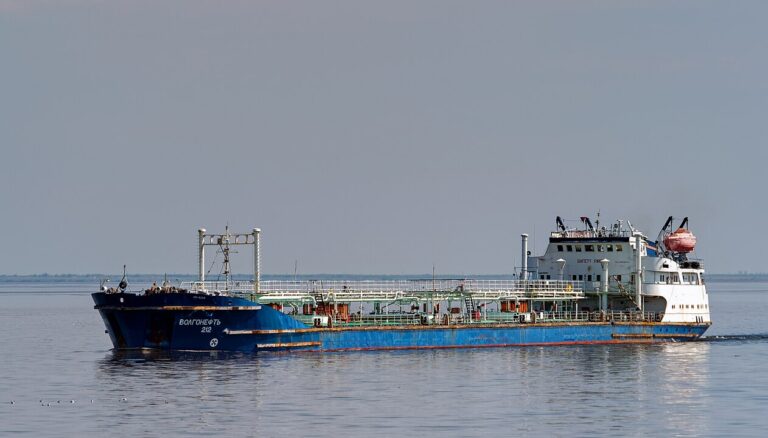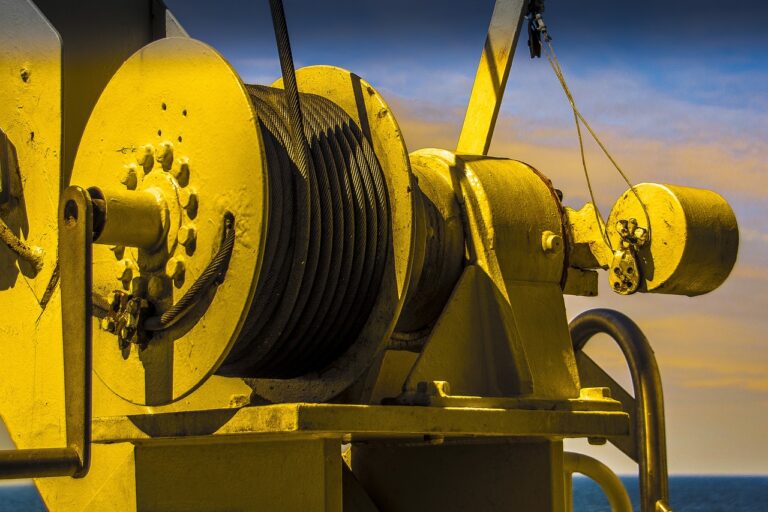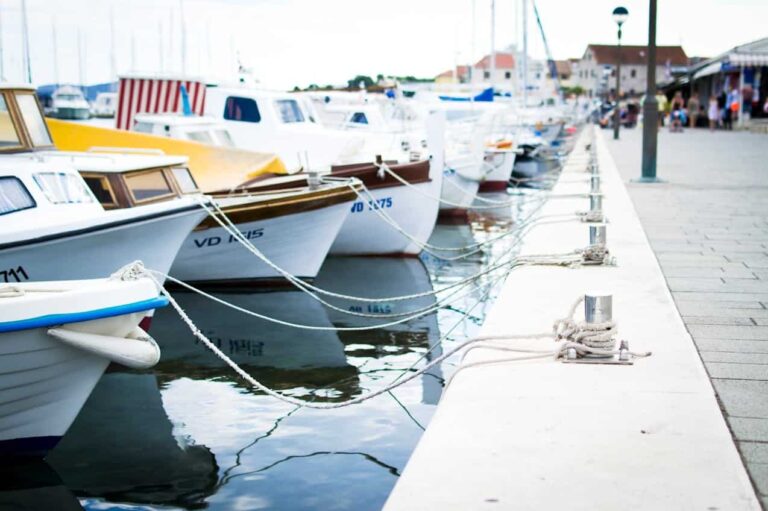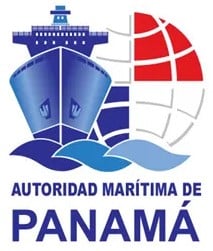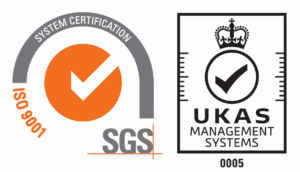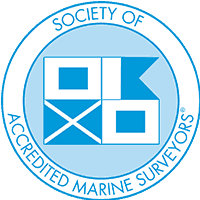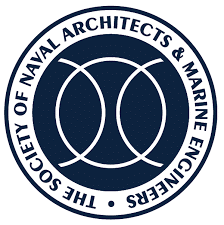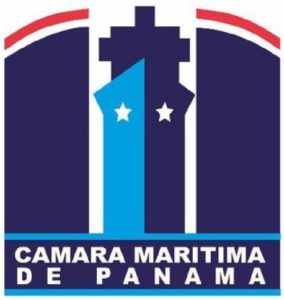A serious maritime incident in the North Sea has highlighted the critical importance of proper navigation, emergency response protocols, and environmental protection measures after a collision between an oil tanker and a cargo ship led to a fire and potential pollution risks.
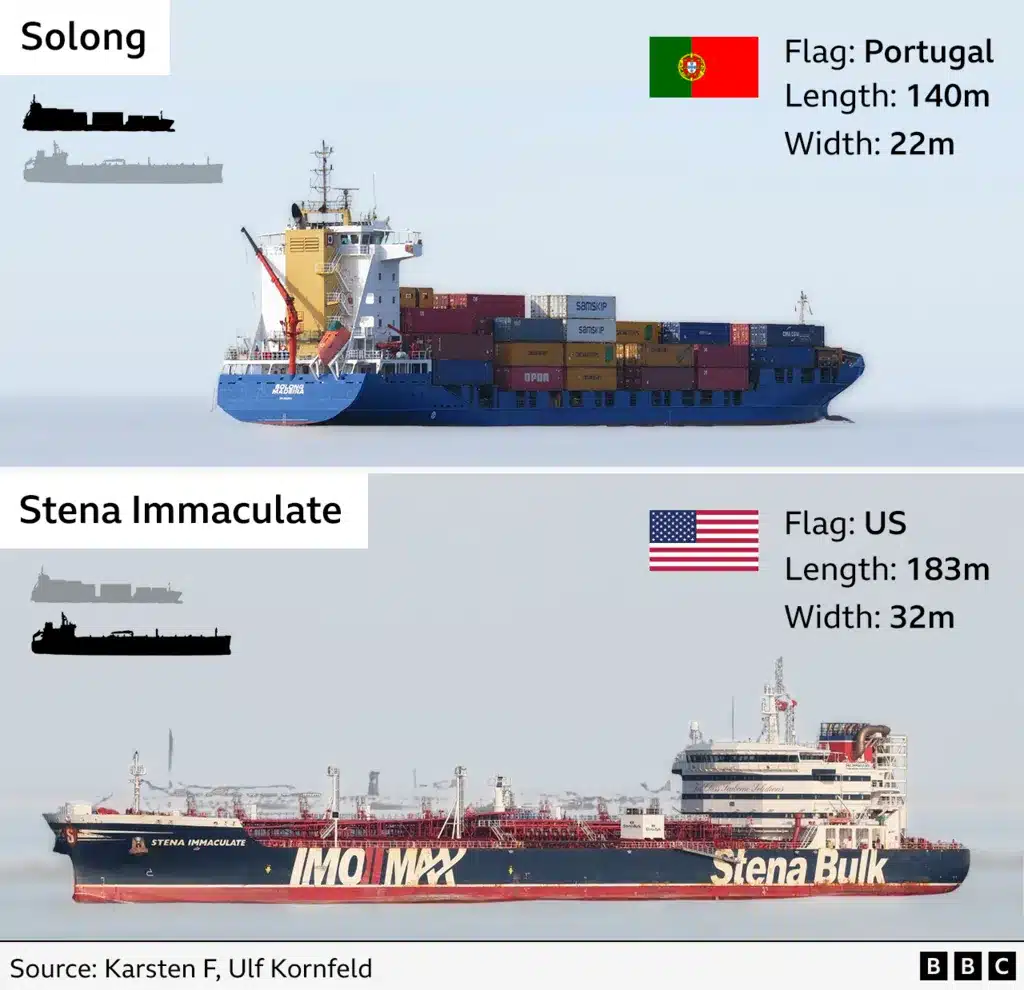
Maritime Emergency Unfolds After North Sea Vessel Collision
The maritime community is closely monitoring developments following Monday’s collision between the tanker “Stena Immaculate” and the container ship “Solong” off the English coast. The incident has triggered a multi-agency response as authorities work to control fires on both vessels and assess potential environmental damage.
According to British authorities, the “Stena Immaculate,” chartered by the U.S. military, was anchored approximately 15 kilometers from Hull when it was struck by the “Solong” container ship under circumstances that remain under investigation. A crew member from the tanker reported that the container ship “came out of nowhere,” suggesting potential navigation or visibility issues may have played a role in the accident.
Ongoing Emergency Response and Environmental Concerns
The collision resulted in significant fires aboard both vessels, with the British Coast Guard reporting that while the fire on the tanker has “diminished considerably,” the cargo ship continues to burn. Officials also confirmed that the container ship separated from the tanker Monday evening and began drifting southward, creating additional navigation hazards in the area.
Of particular concern is the rupture of a kerosene tank on the “Stena Immaculate,” which has raised alarms about potential environmental contamination. The tanker was reportedly carrying 220,000 barrels of kerosene, according to Lloyd’s List Intelligence, a maritime shipping information service.
Maritime Transportation Secretary Mike Kane addressed Parliament, stating that “as things stand, no signs of contamination have been observed at this time. But vigilance is being maintained at the site.” Despite these reassurances, environmental experts warn that the situation could change rapidly.
Daniela Schmidt, a professor of science at the University of Bristol, cautioned: “Although the primary objective is to contain the fire, pollution related to the accident has the potential to spread widely depending on currents and waves, with the risk of affecting protected areas.”
A Downing Street spokesperson described the environmental situation as “extremely concerning,” while Greenpeace has warned of “multiple toxic hazards” to marine life resulting from the accident.
Vessel Information and Cargo Details
The “Stena Immaculate,” owned by Swedish company Stena Bulk, had departed from the Greek port of Agioi Teodori on February 27, bound for Killinghome in northern England. A U.S. military spokesperson confirmed that the tanker was “temporarily chartered by the Military Sealift Command,” a service that operates civilian-crewed vessels for the Department of Defense.
The container ship “Solong,” which flies the Portuguese flag and is owned by German shipping company Ernst Russ, had departed from the Scottish port of Grangemouth early Monday en route to Rotterdam in the Netherlands.
The German owner issued a statement refuting earlier reports about dangerous cargo, stating: “We can confirm that there are no containers loaded with sodium cyanide on board, as has been erroneously reported.” This clarification addressed concerns raised by Lloyd’s List Intelligence about potentially hazardous cargo.
Human Impact and Investigation
Tragically, Maritime Transportation Secretary Mike Kane informed Parliament that “our hypothesis is that, sadly, the sailor has died,” referring to the missing crew member from the “Solong.” This development underscores the human cost of maritime accidents and the dangers faced by seafarers.
The Humberside Police announced Tuesday that they had “arrested a 59-year-old man on suspicion of manslaughter by gross negligence in connection with the collision.” No further details about the arrest were provided, though a government spokesperson maintained that “there is no reason to think at this time that this is a criminal act,” suggesting the focus remains on investigating potential negligence rather than intentional wrongdoing.
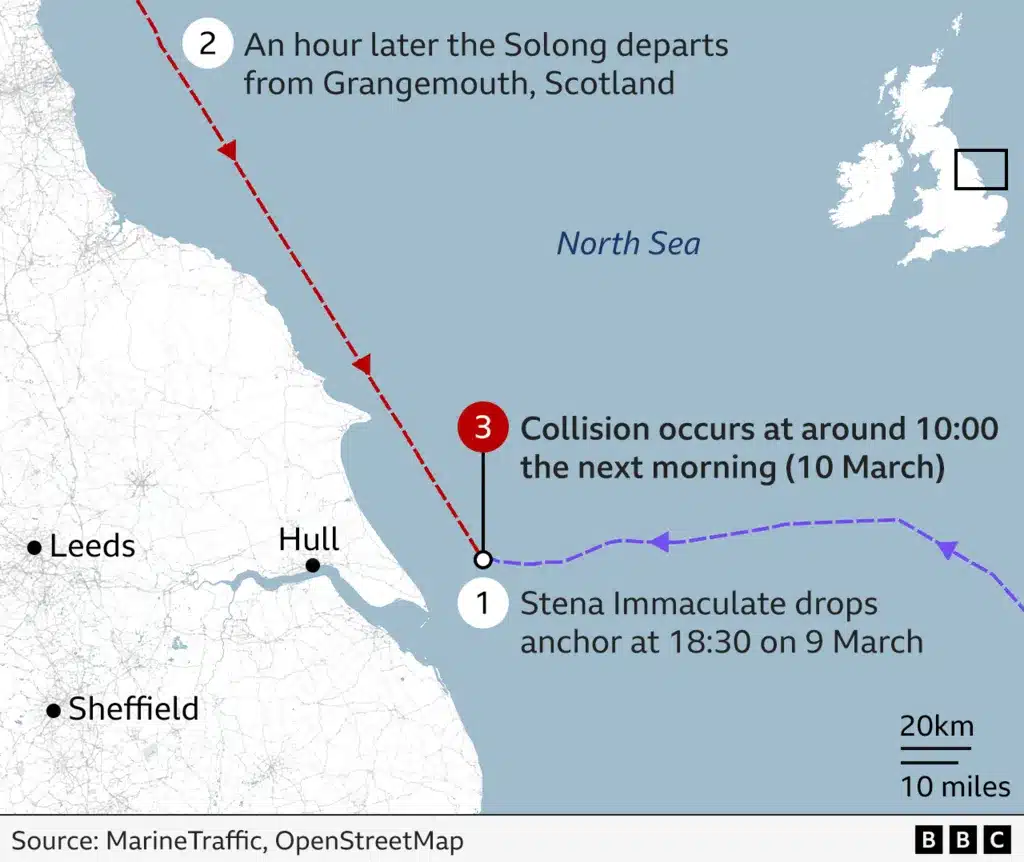
Maritime Safety Implications
This incident highlights several critical aspects of maritime safety that industry professionals continue to emphasize:
- The importance of proper lookout and navigation procedures, particularly in busy shipping lanes
- The need for effective communication between vessels operating in proximity
- The critical nature of emergency response protocols to manage fires and potential pollution
- The challenges of containing environmental damage when petroleum products are involved in maritime accidents
Maritime safety experts point out that although modern navigation technology has significantly improved vessel safety, human factors and decision-making remain crucial elements in preventing collisions and other accidents at sea.
Environmental Monitoring Continues
British authorities have implemented environmental monitoring protocols following the collision. The Coast Guard reported that “the Ministry of Environment has confirmed that air quality at ground level is currently within normal limits for weather conditions.” However, experts caution that water quality impacts may take longer to manifest and could affect a wider area depending on currents and weather conditions.
The location of the accident has raised particular concerns due to its proximity to environmentally sensitive areas in the North Sea. Environmental agencies continue to monitor for signs of petroleum contamination that could affect marine ecosystems.
Industry Response
The maritime industry will be watching the investigation closely, as findings could lead to updated safety recommendations or regulatory changes. Previous major maritime incidents have often resulted in significant improvements to international maritime safety standards and practices.
Shipping companies are likely to review their own navigation and emergency response procedures in light of this incident, particularly those operating in the busy North Sea shipping lanes where visibility can be challenging and vessel traffic is dense.
Expert Maritime Support in Emergencies
Maritime incidents like the North Sea collision require specialized expertise to manage the immediate emergency, assess damage, investigate causes, and mitigate environmental impacts. Professional marine surveyors and casualty investigators play a crucial role in these situations, providing technical expertise and independent assessment.
Getting Expert Help After Maritime Incidents
When maritime accidents occur, swift and professional response is essential to minimize damage, protect the environment, and determine causes. Qualitas Marine Surveyors offers comprehensive services specifically designed to address these critical needs.
With extensive experience in marine casualty investigation, Qualitas Marine Surveyors can provide expert assessment following incidents like the North Sea collision. Their services include:
- Marine Surveys: Professional assessment of vessel condition and damage extent
- Damage Surveys: Detailed evaluation of structural and cargo damage following maritime incidents
- Marine Salvage and Wreck Removal: Expert coordination of recovery operations to minimize further damage and environmental impact
- Marine Casualty Investigations: Thorough analysis of accident causes and contributing factors
- Cargo Loss, Damage and Loss Prevention: Specialized assessment of cargo impacts and recommendations for future prevention
For vessel owners, operators, insurers, and authorities dealing with maritime emergencies, engaging qualified marine surveyors ensures proper documentation, professional assessment, and expert guidance through the complex aftermath of marine casualties.
For immediate assistance with marine casualties, damage assessment, or casualty investigation, contact Qualitas Marine Surveyors for professional support from experienced maritime specialists.
